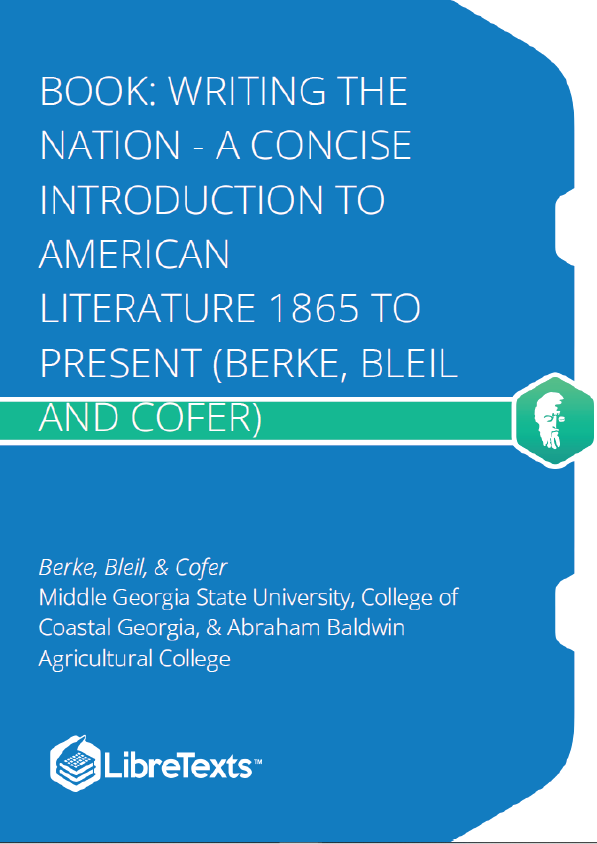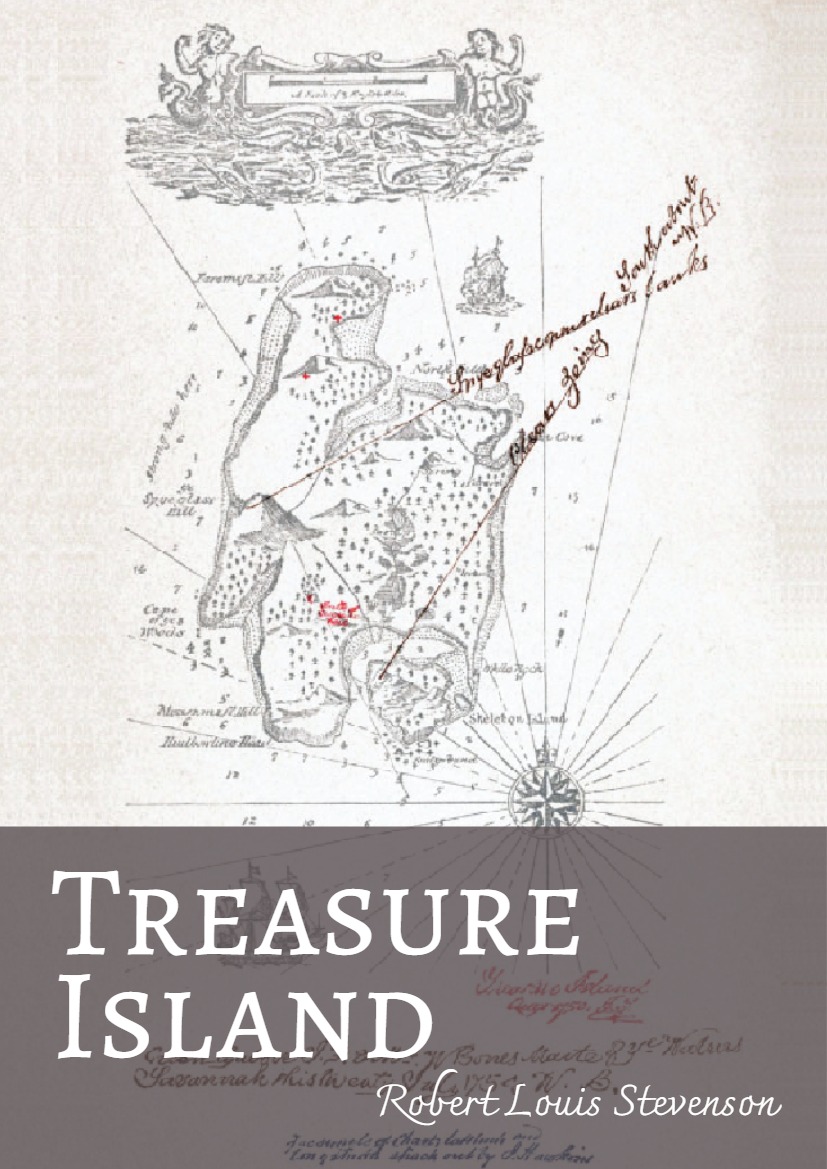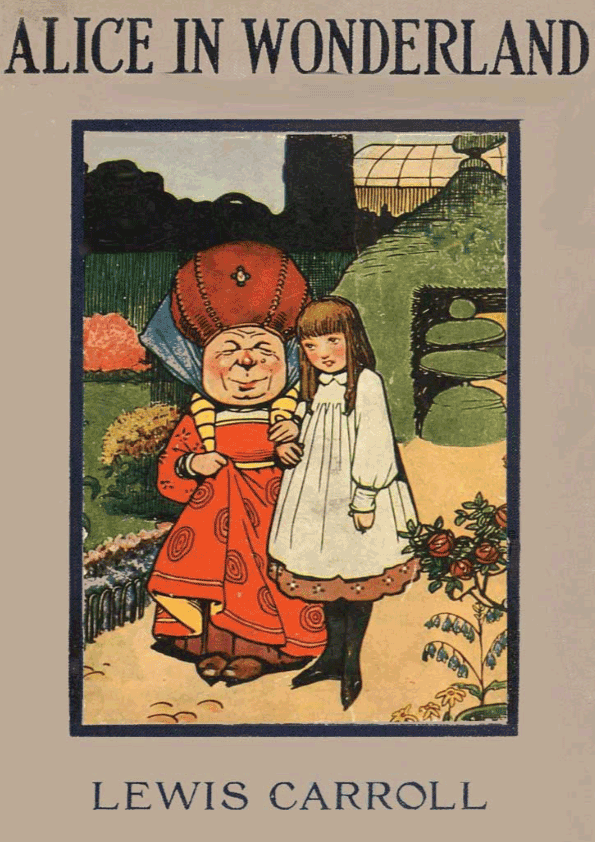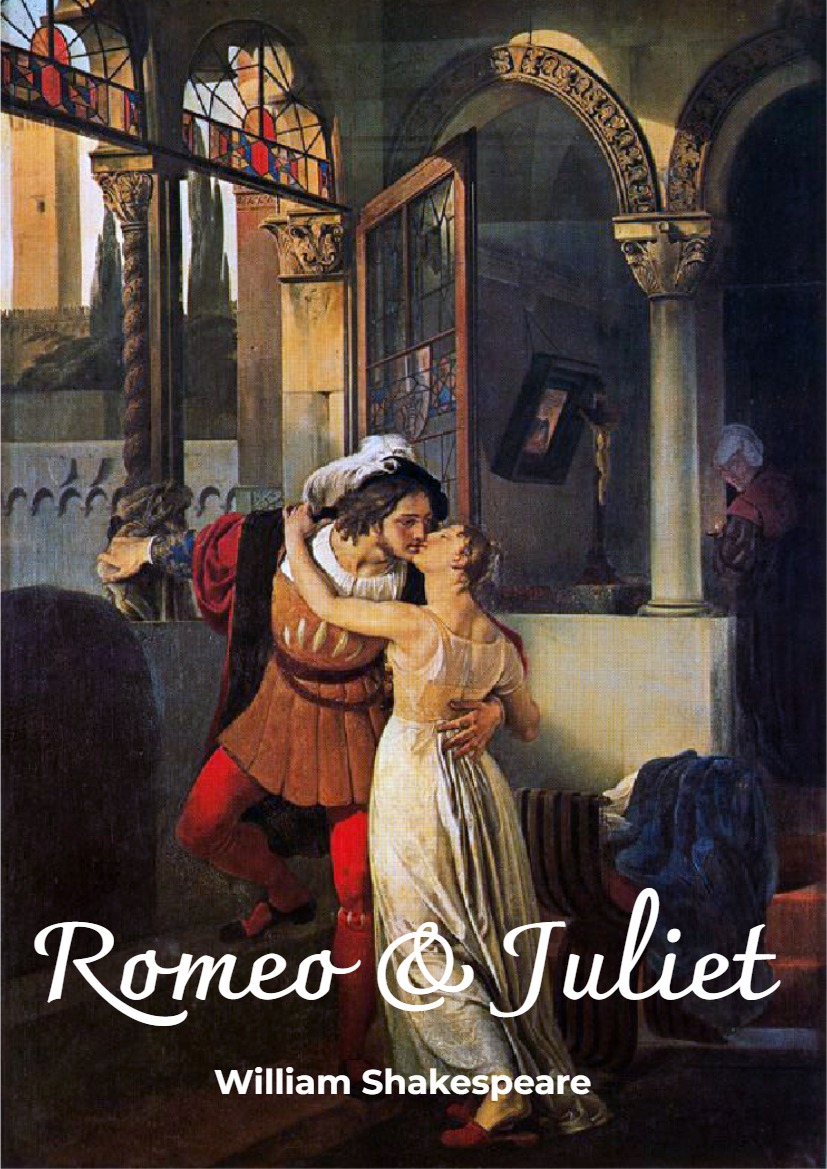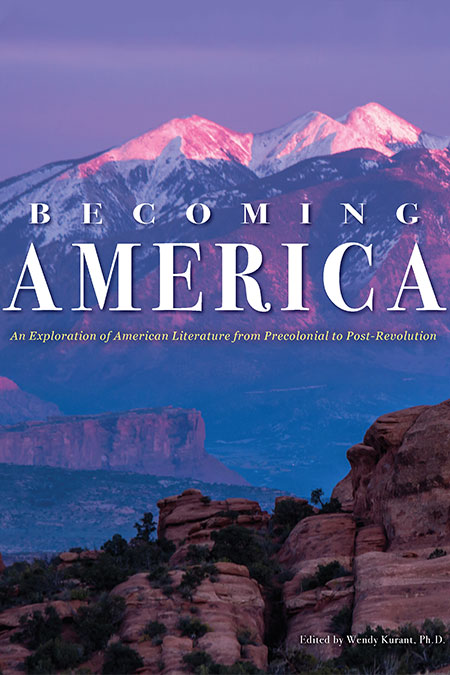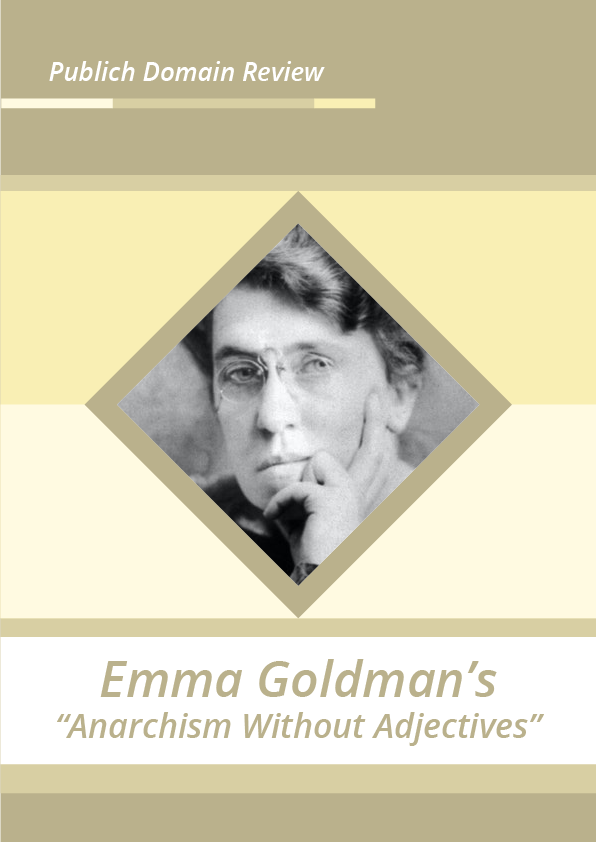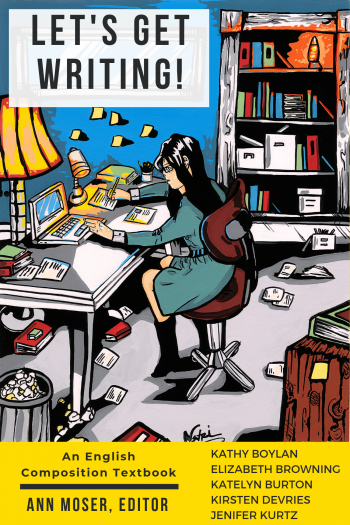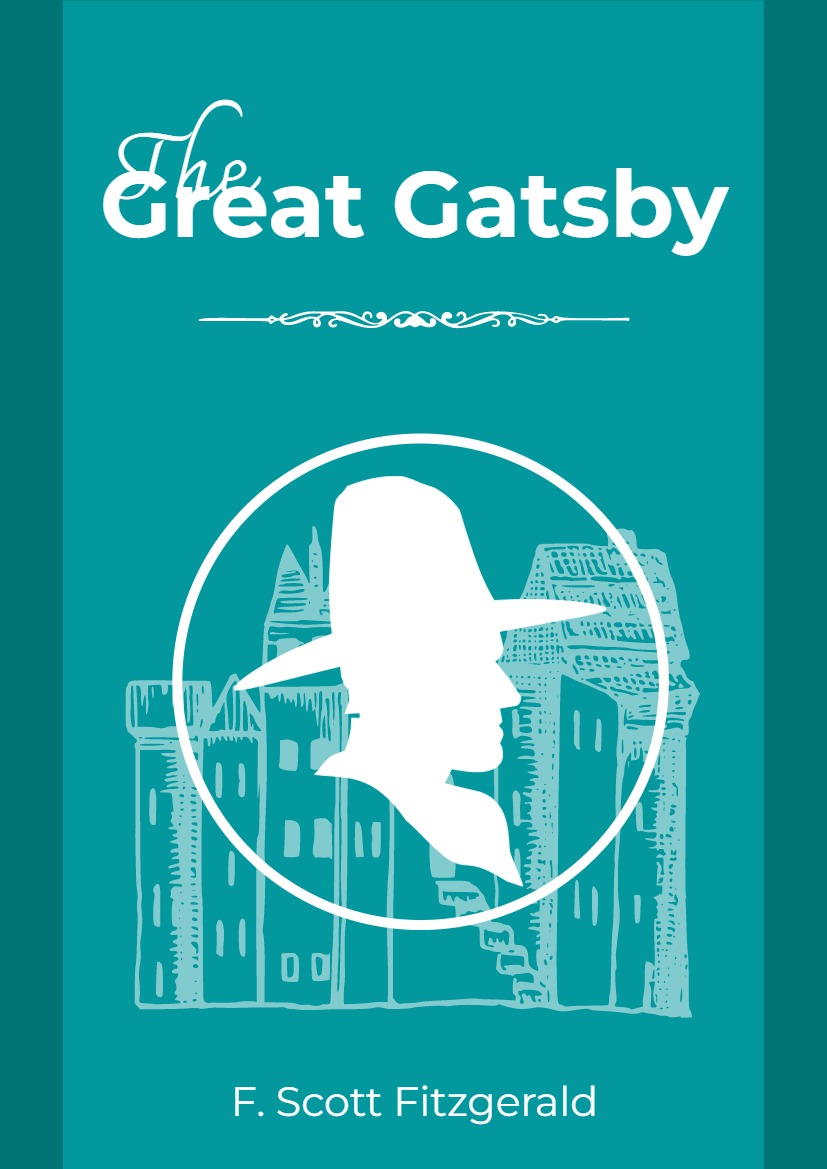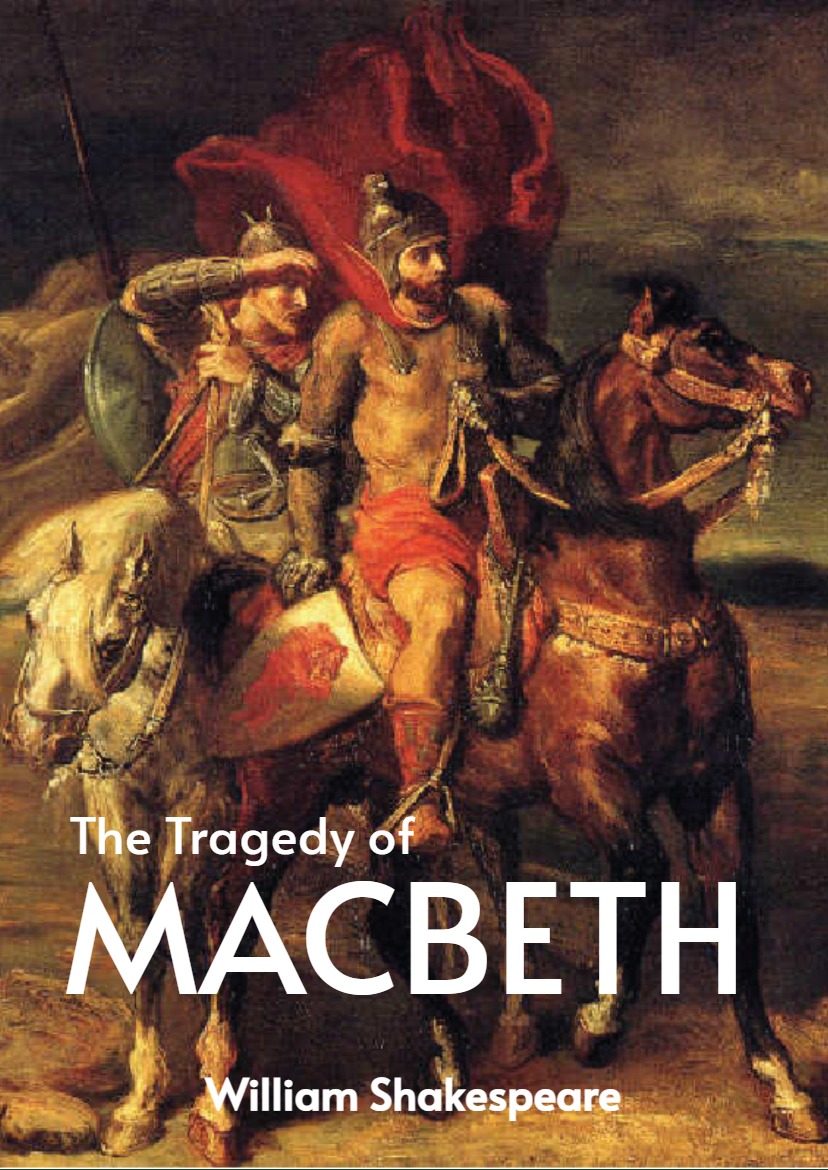Writing the Nation: A Concise Guide to American Literature 1865 to Present is a text that surveys key literary movements and the American authors associated with the movement. Topics include late romanticism, realism, naturalism, modernism, and modern literature.
Emily Dickinson and Walt Whitman, the authors whose works appear in this chapter, are unlikely protagonists or leading characters for a literary movement. Each was an outsider: Dickinson, an unmarried woman who lived a life of quiet seclusion in western Massachusetts, and Whitman, a vagabond who lived a life in search of community. Dickinson and Whitman promoted a spirit of exploration and inventiveness that matched the geographical, industrial, political, and social growth of the United States. From their works, we gain not so much a literary renaissance as we do a sense of artistic innovation that developed alongside these other areas of American life and commerce.
As literary historians like William Charvat have noted, the development of an American literary tradition owes as much to the development of the American publishing industry in the middle decades of the nineteenth century as it does to the prominence of individual authors like Catharine Maria Sedgwick, Washington Irving, Nathaniel Hawthorne, Edgar Allan Poe, Herman Melville, Ralph Waldo Emerson, Henry David Thoreau, and Harriet Beecher Stowe. Sales of these authors’ works were dwarfed by the sales of pirated editions of novels by British authors like Walter Scott and Charles Dickens. Nonetheless, the success of these British imports convinced American publishers that the American market was sufficiently robust to demand new works; this demand created an opportunity for American writers to expand their audience, and a flourishing literary culture began to prosper.
American authors still faced steep odds in seeing their works into print, and American literary publishing did not flourish until the completion of the First Transcontinental Railroad in 1869 allowed the reliably consistent shipment of individuals and goods across the country. Additional technological improvements, including the widespread adoption of steam-powered machinery and gas-fueled lights, also provide the necessary conditions for the rapid production of printed materials and the means by which these materials could be enjoyed at the conclusion of a day of laboring. Thus, only when the Industrial Age expands the definition of leisure do Americans begin to embrace the culture of print and expand the boundaries of American literature.
The first attempts to define the literary culture of the mid-nineteenth century began in the 1930s and early 1940s as the United States took on a larger role in global politics, and the need for definition gained sharper focus with the publication of F. O. Matthiessen’s The American Renaissance in 1941. Matthiessen argued that writers like Hawthorne, Melville, Emerson, and Thoreau represented the expansion of a uniquely American style of writing that interacted with, and embraced, the North American landscape in new ways. What Matthiessen called a renaissance, however, was less of a cultural flourishing than the limited success of a few male authors from New England. Despite the real impact of Matthiessen’s work in recognizing the presence of significant male American writers, his cataloguestill neglected writing of women, African-Americans, and Native Americans whose works would not be widely recognized until the 1970s.
